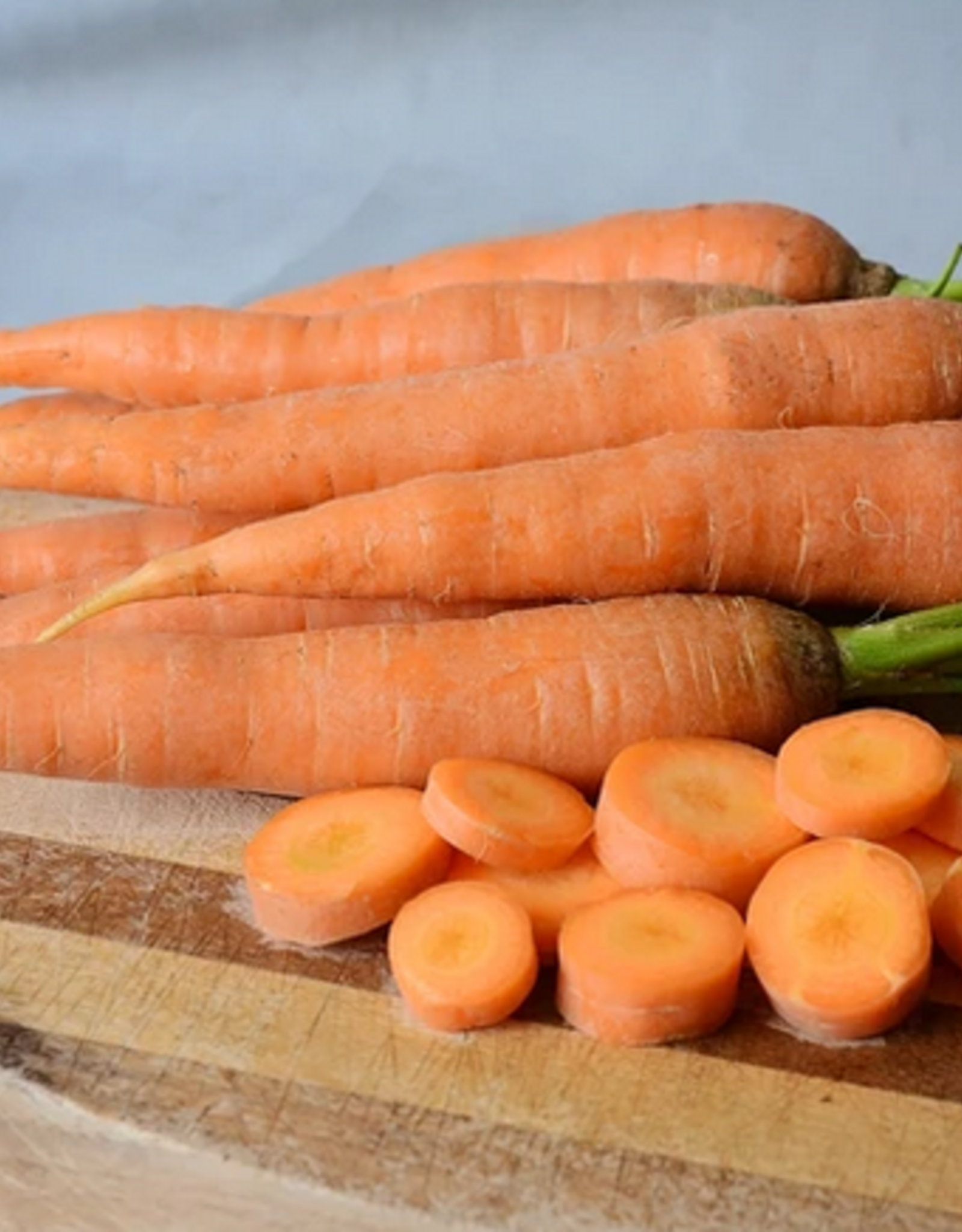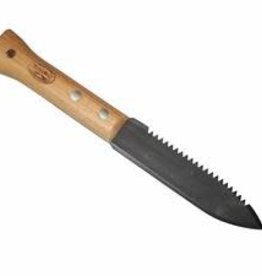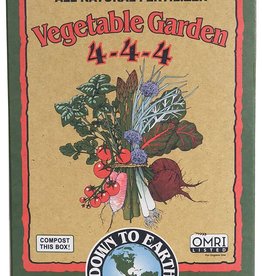CARROT BOLERO 1 gram
| Availability: | Out of stock |
Photo and Description Credit - Territorial Seed Company
75 days. The uniform, 6–8 inch long, slightly tapered roots are sweet and crunchy, prime qualities for snacking. A bright orange Nantes variety, Bolero grows to 1 ½ inches across and is adorned with a 10 inch tall, dark green top. It’s one of the heaviest yielding carrots at our trial grounds. Holds well in the field and maintains its sweet flavor even after long term storage. HR: AB, PM. IR: C, CS
More Information
| Soil Temp for Germ | 45–85°F |
| Seed Depth | ¼" |
| Seed Spacing | 4 per in. |
| Days to Emergence | 6–21 |
| Thin Plants to | 1–3" |
| Row Spacing | 9–16" |
| Fertilizer Needs | Low |
| Minimum Germination | 75% |
| Seeds per Gram | ≈ 650–750 |
| Seed Life | 3 years |
Daucus carota var. sativus Studies on the nutritional properties of carrots have revealed that they are powerhouses of a wide range of phytonutrient antioxidants. With the vast spectrum of colors and varieties available, the amounts of individual antioxidants vary, yet the overall balance of these potent nutrients contributes to outstanding health benefits regardless of the variety.
Days to maturity are calculated from date of direct seeding.
Culture
• Carrots perform best in deeply worked, well-composted, loose soil with a pH of 6.0-7.0
• When the soil is workable, spade or till it to a fine texture 12-16 inches deep — cloddy, heavy soil will not make straight roots
• Heavy soils can cause forked roots; use Chantenay, Kuroda, Paris Market, or Nantes types in heavy soils
• Avoid split roots by maintaining even watering
• When plants have 7-10 leaves, hill 1-2 inches of soil around crowns to prevent green shoulders
Direct Sowing
• Dig a shallow furrow and lightly cover seed with soil, vermiculite or sifted compost
• Water evenly and regularly to prevent soil crusting
• Row cover beds when soil temperatures are cool and to help prevent soil crusting
• Thin when plants are 4 inches tall
• Sow mid-June—July for a fall/winter crop
Insects & Diseases
• Common insects: Carrot fly
• Insect control: Row covers at planting
• Common diseases: Various blights
• Disease prevention: 3-4 year crop rotation
Harvest & Storage
• Best harvested when 1/2-3/4 inches in diameter when carrots are sweet and tender
• Irrigate well prior to harvest to ensure the roots have absorbed their maximum capacity of water
• Cut tops prior to storage
• Store at 36°F and 95% relative humidity
• Fall/Winter Crop: Flavor is enhanced after a couple of frosts
• Fall/Winter Crop: Roots can be dug any time at maturity through winter as needed
• Fall/Winter Crop: In harsh climates, mulch with straw for protection
What is pelleted seed?
Seed that has been coated with a clay-based material to form a larger, round shape. This makes planting by hand or mechanical seeder easier and allows for more controlled sowing of small seeds such as carrots or lettuce. All pelleted seed has a National Organic Program (NOP) approved coating.
KEY TO CARROT DISEASE RESISTANCE AND TOLERANCE
HR indicates high resistance.
IR indicates intermediate resistance.
AB | Early (Alternaria) Blight
Ad | Alternaria dauci - "Alternaria Leaf Blight"
Ar | Alternaria radicina - "Black Rot"
AS | Alternaria Stem Canker
C | Cercospora
CS | Cavity Spot
MA | Liquorice Rot
P | Pythium Root Rot
PM | Powdery Mildew




